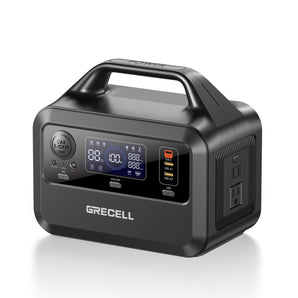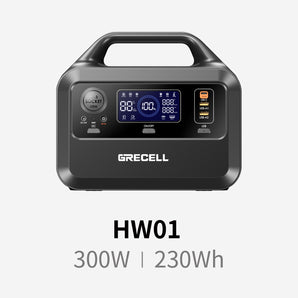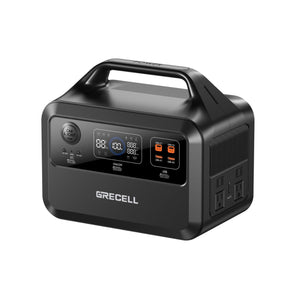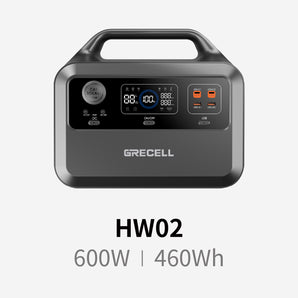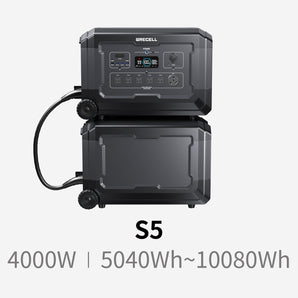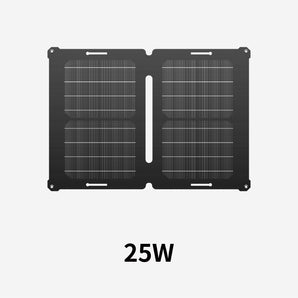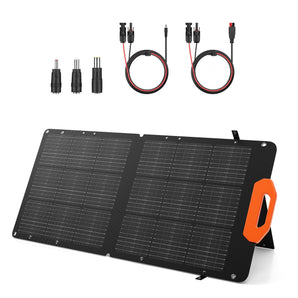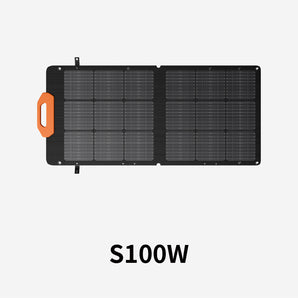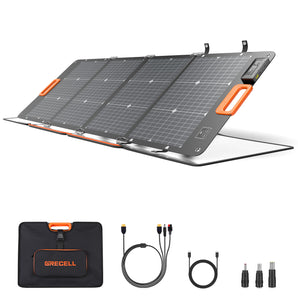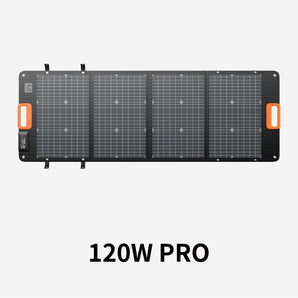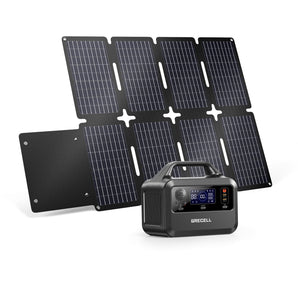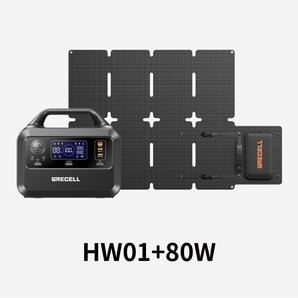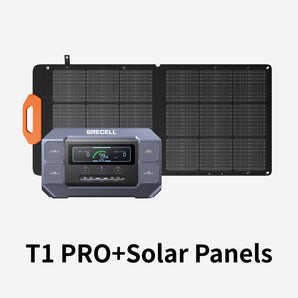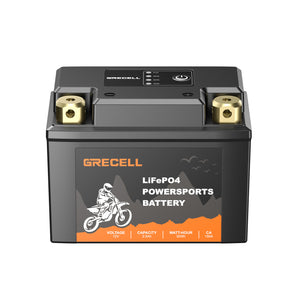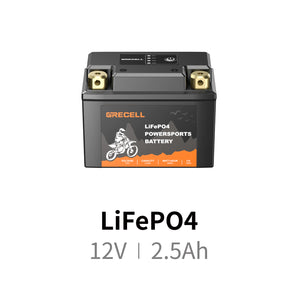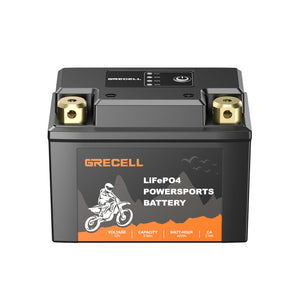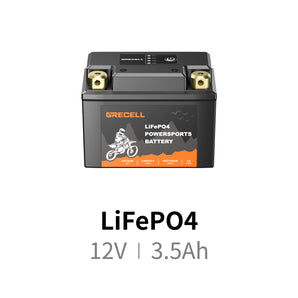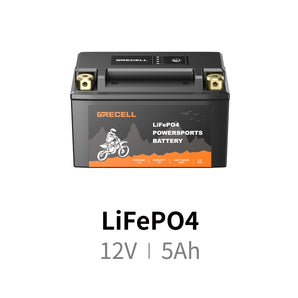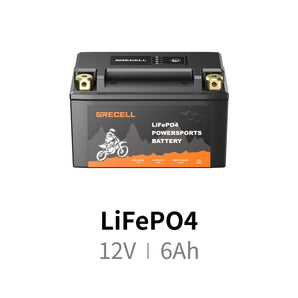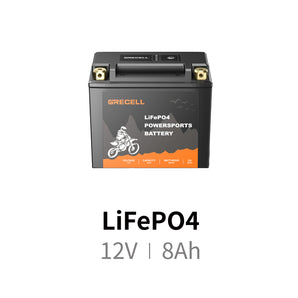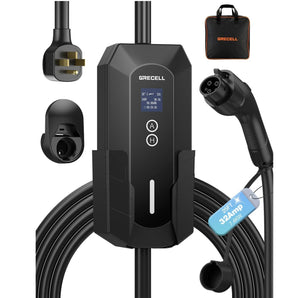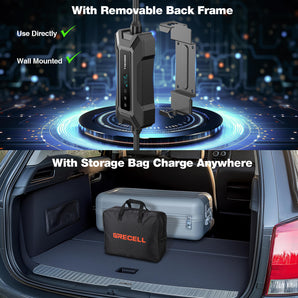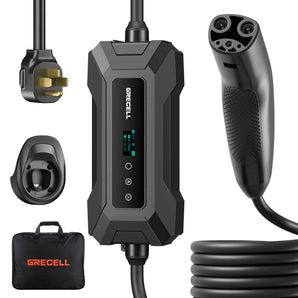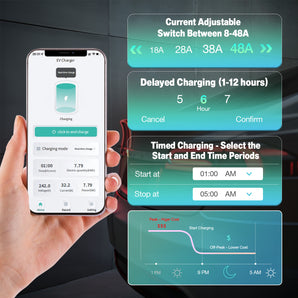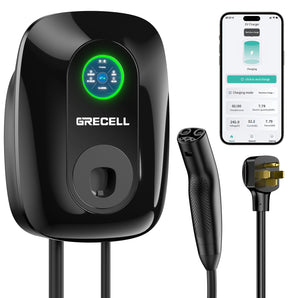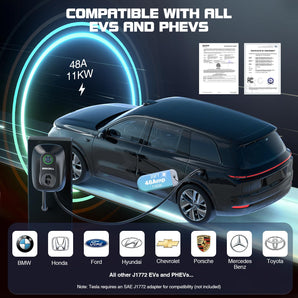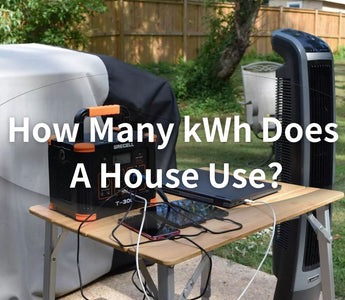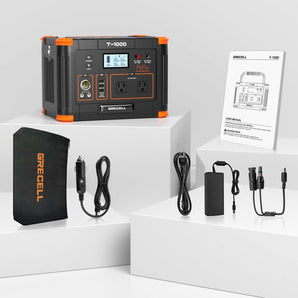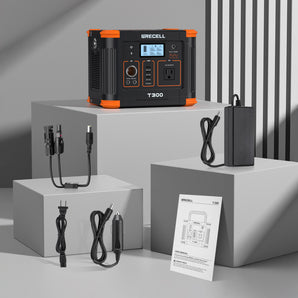Did you know that in the US, American home use an average of 10,557 kWh a year - or 880 kWh monthly. To figure out your own usage, it's important to understand Watts and Kilowatts.
That equation is simple: Watts = (kWh × 1000) ÷ Hours, and dividing by 1000 will result in kilowatts which will show you exactly how much power you're consuming.
In an era of increasing environmental awareness, knowing your energy usage can help make living sustainably easier. Plus, exploring energy solutions like solar panels and portable power stations can help you move towards a greener future!
Average Household Energy Consumption
A kWh is a measurement of electricity used over an allotted amount of time and serves as an unequivocal way to determine how much energy has been expended.

According to reliable sources like the U.S. Energy Information Administration, the average American home consumes 10,557 kWh of electricity every year. However, variables such as climate, house size and occupants can significantly affect this amount - for example in hotter regions air conditioning is more likely to be used meaning a higher energy consumption. Bigger homes also require a larger energy source too.
Given the importance of understanding how much energy is being used in each household, it's essential to get a grasp on kilowatt-hours and related information. Understanding this can help you save money while still using enough energy for your home’s needs.
Breakdown of Energy Consumption by Appliances and Devices
To get the most out of your energy consumption, it's essential to look into what devices and appliances are contributing to your total usage. The average power needed for everyday items is as follows:

- Refrigerator - 400-1000 kWh/year
- Washing machine - 400-1200 kWh/year
- Dryer - 800-1500 kWh/year
- Dishwasher - 300-700 kWh/year
- Air conditioner - 2000-5000 kWh/year
- TV - 200-500 kWh/year
- Lighting - 100-300 kWh/year
Notably, there are energy efficient models of nearly all these appliances that can reduce the energy used. For instance, an ENERGY STAR-rated refrigerator can consume up to 40% less than standard models.
By having a look at the numbers above, you can get a good picture of what devices are consuming the most power so that you can focus on those when looking for ways to save energy.
Electricity Consumption in US Homes: Daily, Monthly, and Yearly kWh Usage
Grasping the kWh expenditure of a home in one day, month and year is key when it comes to overseeing energy utilization. Though precise totals will vary based on aspects like domicile size, appliances, and position, we can come up with approximations to get an overall perception.
Mean Residence Energy Expenditure
Power usage in a household is greatly affected by many facets, thus making it difficult to determine an accurate value for kWh consumption. Things like the size of the home, appliances present and geographic location all take part in defining energy expenditure.
Day-to-day, Monthly and Yearly Usage of One Single Home
On average, a common household in the US uses about 29 kWh of energy on a daily basis. Translating to about 890 kWh per month and more or less 10,577 kWh yearly. This provides a general estimation of energy usage for an individual residence.
Combined Energy Usage from all Homes in America
To get a broader view, we can look into the combined energy consumption of all households in the US. In total, American homes consume approximately 3,575 billion kWh per day. This goes up to at least 108,707 billion kWh every month and 1,304,486 billion kWh yearly.
Instantaneous Power Usage
Apart from daily, monthly and annual figures, it is also essential to think about instantaneous power consumption. In any single residence, the instantaneous energy usage usually lies somewhere between 1 to 3 kilowatts (kW). On a bigger scale, combined immediate power use of all US households is around 148,833 megawatts (MW).
Having knowledge about these numbers gives us an understanding of the magnitude of energy expenditure both at an individual household level and across the nation. With this knowledge, households and policy makers can make wise decisions about energy usage and strive towards sustainable yet efficient power practices.
Household Electricity Consumption Across States
Understanding the variation in kWh usage across different states in the United States provides valuable insights into regional energy consumption patterns. By examining the average annual kWh consumption by households in each state, we can gain a better understanding of the factors influencing energy usage and costs.
Average Annual kWh Consumption by State
Comparing the average annual kWh consumption by households in different states reveals interesting variations. Here is a breakdown of average monthly kWh consumption, average monthly cost, and the cost per kWh for select states:
- Alaska:
- Electricity use per household per month: 552.29 kWh
- Average cost per month: $124.66
- Electricity cost per kWh: $0.23
- Alabama:
- Electricity use per household per month: 1144.77 kWh
- Average cost per month: $143.95
- Electricity cost per kWh: $0.13
- Arkansas:
- Electricity use per household per month: 1060.04 kWh
- Average cost per month: $110.33
- Electricity cost per kWh: $0.10
- Arizona:
- Electricity use per household per month: 1113.69 kWh
- Average cost per month: $136.70
- Electricity cost per kWh: $0.12
- Illinois:
- Electricity use per household per month: 697.98 kWh
- Average cost per month: $88.67
- Electricity cost per kWh: $0.13
- Louisiana:
- Electricity use per household per month: 1200.58 kWh
- Average cost per month: $116.07
- Electricity cost per kWh: $0.10
- Massachusetts:
- Electricity use per household per month: 610.26 kWh
- Average cost per month: $126.38
- Electricity cost per kWh: $0.21
These figures illustrate the variation in energy consumption and costs across different states. Factors such as climate, energy sources, and efficiency initiatives contribute to these variations.
Factors Influencing State-Level Energy Consumption
When examining energy consumption in various areas, a number of factors come into play. Climate, the energy mix (renewables versus non-renewable resources), and local programs aimed at improving efficiency have an impact on state-level households' electricity use. It's important for those who are intent on cutting environmental impacts to be aware of such elements.
Analyzing the typical kWh use per state can help policy makers identify problem areas and craft plans to boost efficiency and conservation. People, too, can gain useful knowledge on energy costs and practices in their region as a way to be more mindful with how they consume and spend energy.
Overall, various factors can influence energy consumption on a state level, and understanding these can aid in reducing environmental impacts. Policy makers can use this knowledge to craft strategies that promote efficiency and conservation, while individuals can reap the benefits of making informed choices regarding their own electricity usage.
Impact of Energy-Saving Measures
Energy costs in the home can be decreased by implementing energy-saving measures - not only saving money but also benefiting the environment. Using LED or CFL bulbs to replace traditional incandescent ones can decrease light energy consumption up to 75%.
Installing programmable thermostats lets you optimize heating and cooling schedules, leading to 10-15% savings.
Proper insulation and weather-stripping can help stop heat loss in the winter and reduce the strain on cooling systems during summer, resulting in great energy savings.
All these strategies can significantly lower your carbon footprint!
Portable Power Stations and Solar Panels as Energy Solutions
Portable power stations and solar panels are the future of energy solutions for households. Forget traditional power grids – they're outdated, and let's be real, cost you your hard-earned cash! With portable power stations and solar panels, you can enjoy reliable energy sources that will save you money in the long run.
From providing backup power during outages to keeping your devices up and running for outdoor activities, portable power stations are a truly versatile alternative. They store energy from the grid or renewable sources like solar power, making them an efficient way to charge your tech or run small appliances without breaking the bank.
Meanwhile, solar panels convert sunlight into usable energy through photovoltaic cells, giving you the opportunity to generate your own electricity. Not only is it a renewable and sustainable energy option – it's much more cost-effective than relying on the traditional power grid. Solar panels come with plenty of benefits: long-term cost savings, reduced dependence on the grid, and even the ability to feed back excess energy into the grid, encouraging renewable energy usage.
Numerous customers have seen positive results from incorporating both portable power stations and solar panels, like reduced energy costs, increased independence, and a positive environmental impact. So why wait any longer? Make the switch to sustainable energy solutions today!
The Best Power Stations By Grecell
1. GRECELL Portable Power Station 1000W:

The GRECELL Portable Power Station 1000W is a compact and lightweight device designed for various situations where power is needed. It features 10 outputs including AC, DC, USB-A, USB-C, and even a wireless charger. With a capacity of 999Wh, this power station can power appliances such as laptops, tablets, cell phones, projectors, TVs, mini-refrigerators, speakers, cameras, and CPAP medical devices. It is an ideal companion for long camping trips, power outages, or any other scenario that requires reliable power supply.
2. GRECELL Portable Power Station 500W:

The GRECELL Portable Power Station 500W is suitable for both home and outdoor use. It has a large capacity battery of 519.48Wh and can provide a stable power output through its pure sine wave AC port. With 10 output ports and a weight of only 14.11 pounds, this power station can supply power to a variety of common electrical equipment.
It is equipped with a user-friendly LCD display, a bright LED flashlight for emergencies or blackouts, and supports pass-through charging, sustainable solar charging, and convenient car charging.
3. GRECELL Portable Power Station 300W:

The GRECELL Portable Power Station 300W provides a reliable power source with convenience and portability. With 8 outputs including AC, DC, USB-A, and USB-C, this power station is perfect for long camping trips or power outages.
It has a capacity of 230Wh and is compatible with most appliances up to 330W, such as laptops, tablets, cell phones, projectors, TVs, mini-refrigerators (less than 9V), speakers, cameras, and CPAP medical devices. The handle at the top of the power station makes it easier to carry and transport.
The Best Solar Panels By Grecell
1. GRECELL 200W Portable Solar Panel:
The GRECELL 200W Portable Solar Panel is a highly compatible solar panel that works with 95% of power stations available in the market. It has a built-in MC4 cable and a separate 4-in-1 cable, making it easy to connect to various solar generators. The solar panel features advanced laminated technology, a heat-resistant and waterproof film, and 840D Oxford cloth outer layer for durability and weather resistance.
It is foldable, portable, and comes with a robust rubber handle for easy carrying. With its IP65 waterproof rating, it can withstand various weather conditions, making it an excellent choice for outdoor adventures.
2. GRECELL 200W PRO Portable Solar Panel:
The GRECELL 200W PRO Portable Solar Panel offers amazing flexibility and durability - designed for optimal performance. It is made with advanced laminated technology and features long-lasting ultra-light ETFE material on the surface, making it more flexible, weather-resistant, and scratch-resistant compared to other ordinary PET films.
The solar panel is widely compatible with most solar generators on the market and includes various connectors suitable for different power stations. With its foldable design, it is highly portable, and the adjustable kickstands and reinforced mounting holes allow for easy setup and installation.


